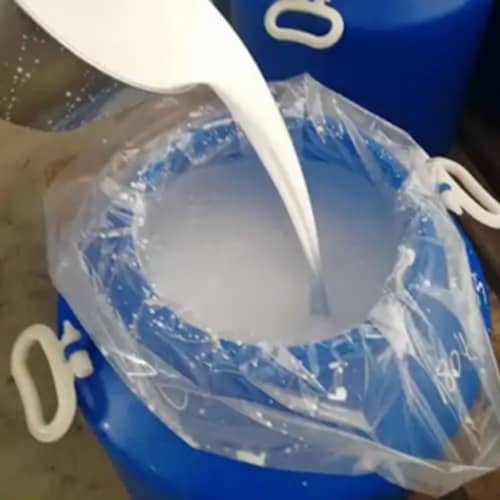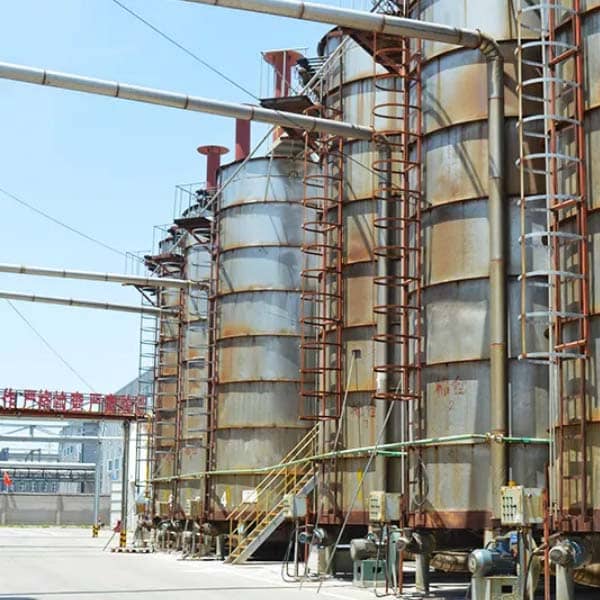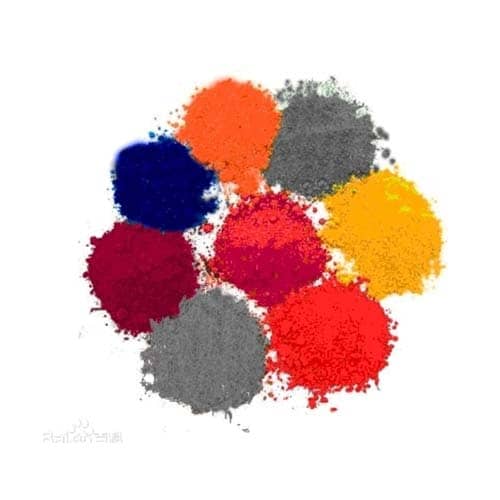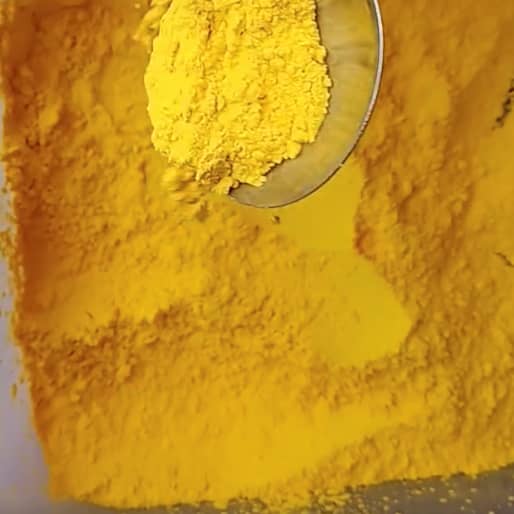Acrylic Emulsion Manufacturer
Acrylic emulsion is a milky white or nearly transparent viscous liquid. Acrylic emulsion is an emulsion copolymerized from pure acrylic ester monomers. It is a small particle size, multi-purpose, and excellent performance emulsion. It is suitable for a variety of coating formulations and has outstanding water resistance and weather resistance, especially Excellent performance in high-gloss and semi-gloss paints. Acrylic emulsion has good water resistance, alkali resistance and stain resistance, and has good adhesion to masonry, wood and steel surfaces.
It can not only prepare flat, semi-gloss and high-gloss latex paints, but also high-quality Finishing coatings for floors, cement tiles and tennis courts. pH value (25℃) is 8~9, viscosity 50~500mPa·s, solid content (150℃, 20min) 49%~51%, anionic type, glass transition temperature 20℃, minimum film forming temperature 20℃.
Acrylic emulsion Supplier:Classification
According to the use of the product, it can be divided into: emulsion for interior walls, emulsion for exterior walls, real stone paint emulsion, elastic emulsion, liquid granite paint emulsion, waterproof emulsion, sealing emulsion, etc.
According to the composition of the product, it can be divided into: pure acrylic emulsion, silicone acrylic emulsion, styrene acrylic emulsion, vinegar acrylic emulsion, etc.
Acrylic emulsion manufacturer : Performance of Acrylic emulsion
1.General characteristics
It is a transparent or milky white slightly light yellow viscous liquid. The color varies according to the production process of different manufacturers. In the laboratory, it is light milky white, but under factory conditions, many are made into milky white due to the addition of other raw materials. Fine particle size, high gloss, excellent weather resistance, excellent anti-stickiness, and wide applicability.
2.Principle of action
Because polymer cement mortar is the same as ordinary cement mortar, it is easy to construct, suitable for bonding on wet surfaces, and has wide applicability. It can be used in industrial and civil applications such as hydraulic engineering, port engineering, highways, bridges, metallurgy and chemicals (urea chlorine grinding), etc. New chemical materials for anti-seepage, anti-corrosion and anti-freeze repair of steel structures in buildings and other concrete structures.
Polymer cement mortar has excellent bonding properties to steel bars and concrete, good deformability, resistance to water and salt permeability and excellent freeze-thaw durability. The degree of improvement in performance depends on the properties of the polymer and its The improvement of the dosage performance is related to many factors, including the lubrication of the polymer emulsion in the mixture, which significantly reduces the water-cement ratio, that is, the reduction of the capillary fixed gap volume. Under ambient conditions, the polymer emulsion agglomerates in the cement set. The surface of colloid and aggregate particles enables cement and orthopedics to form a strong bonding polymer network to prevent the growth of micro-cracks in concrete.
3.Product advantages
Water-based acrylic emulsions do not contain the surfactants used in ordinary acrylic emulsions and have specially designed hydrophobic groups. Therefore, water-based acrylic emulsion has excellent moisture resistance, which can prevent water molecules from penetrating into the substrate after the paint film dries, achieving a waterproof and moisture-proof effect.
The molecular structure of the water-based acrylic emulsion adopts a UV-stabilized monomer structure, and the emulsion is specially designed to fully and evenly disperse TIO2 in the emulsion, reducing the impact of UV rays on the emulsion and effectively protecting the substrate.
Acrylic emulsion manufacturer : Industry applications
1.Electrostatic flocking adhesive
Using the electrostatic flocking process, different fluffs can be planted on the base fabric to produce flocking products with different styles. The acrylic acid type electrostatic flocking glue has excellent adhesion to the fluff of the base fabric, and the flocking products are wear-resistant. , soft to the touch, resistant to water, solvents, good air permeability, and does not pollute the environment when used. Its uses have been quite extensive. Typical examples are as follows, among which the raw materials used are acrylic acid, methyl methacrylate, styrene, butylene, emulsifier, and initiator.
First add styrene, butadiene, methyl methacrylate, acrylic acid, water, initiator, and emulsifier into the polymerization kettle and react at 70°C, then add potassium persulfate, styrene, butadiene and methacrylic acid. Methyl vinegar continued to react at 80°C for 1 hour, then at 90°C for 1 hour, and finally filtered out. The yield was 99%, the average particle size was 0.12 m, the blue fluorescent solid content was 40~42%, PH4~5, viscosity 0.05 ~0.08 Pa?s, no precipitation after half a year of storage. When flocking on cotton or viscose fiber, use 250g/m2 glue and pre-bake at 120°C for 6 minutes.
2.Pigment printing thickener
Thickener is an important component of pigment printing rubber. It can thicken the color paste, promote adhesion and have an emulsifying effect. It can improve the coloring and brightness of pigment printing fabrics, so that the fabrics can obtain clear-cut patterns. Acrylic polymers commonly used in pigment printing thickeners have high viscosity at low solid content. They have good stability, strong thickening power, and are not prone to mold. They are widely used in electrostatic flocking adhesives and pigment printing adhesives. Agents and water-based paint thickeners, etc.
A suitable preparation process is to add 35 parts of internal enoic acid, 70 parts of methyl internal enoic acid, 1 part of cross-linking agent, 4 parts of emulsifier, 0.3 parts of initiator, and 250 parts of deionized water into the reactor. Add emulsifier, water and part of the monomer, stir and emulsify at 80°C, then add part of the initiator to initiate the reaction, add the remaining materials dropwise and continue the reaction for 1.5h to obtain the finished product.
3.Acrylic emulsion for coating
Coating finishing is a branch that uses coating methods to make fabrics have special properties. The internal acrylate coating agent with a solid content of 40% has good water pressure resistance and air permeability. It has been widely used in polyester-cotton windbreakers, polyester-cotton, The coating finishing of nylon ski shirt fabrics, etc., has a flame retardant effect after adding flame retardants. The emulsion and glue obtained by the polymerization of ethyl acrylate, butyl acetate, -methyl lactamide, etc. can be made into foam coating agents after adding other additives, and can be used for curtains and seat cushion fabrics.
Add 90 parts of butyl acrylate, 5 parts of acrylic acid, 10 parts of 2-methoxyacetyl acrylic acid, and 160 parts of water under stirring. Add 0.15 parts of dodecyl mercaptan, 3 parts of emulsifier, and 2% initiator aqueous solution. Polymerize 5 parts at 79°C for 3 hours under nitrogen protection to make a polymer emulsion. When using, mix the appropriate amount of fabric coating agent 50, water 30, thickener 4, and defoaming agent, and use an appropriate amount of ammonia to coat the emulsion. The layer agent can be adjusted to a pH of 9 ~ 10.

4.Anti-shrinkage finishing agent
When protein-containing fiber fabrics such as wool products are repeatedly squeezed, kneaded, or stirred in water, the fibers will stick to each other, entangle, and move toward the roots. This shrinking phenomenon will cause the area of the fabric to shrink. , the surface pills, the feel becomes hard, and the performance deteriorates. The polyacrylate wool anti-shrinkage agent with butyl acrylate as the main monomer can form a stable emulsion in water, which can improve the dyeing performance of the fiber and the anti-shrinkage of the fabric.
The typical preparation method is to add 154g of butyl acrylate, 21g of acrylonitrile, 42g of N-methylacrylamide, and 2g of methacrylic acid-2-sulfonate with N-methylpyrrolidone under nitrogen. Under protection, add dropwise a mixture of 2g azobisisobutyronitrile and 30g inner chloride at elevated temperature. After the addition is complete, remove the solvent to obtain the finished product.
As an professional acrylic emulsion factory, Jinan Hongquan Titanium Industry Co., Ltd is located in Jinan, a beautiful spring city. The company’s scientific research personnel sincerely cooperate with well-known domestic universities and various professional acrylic emulsion production enterprises to study and produce active Hydroxyethylcellulose with great concentration. Some of its products have been widely used in chemical, textile, paper, plastic, paint and other production fields.





